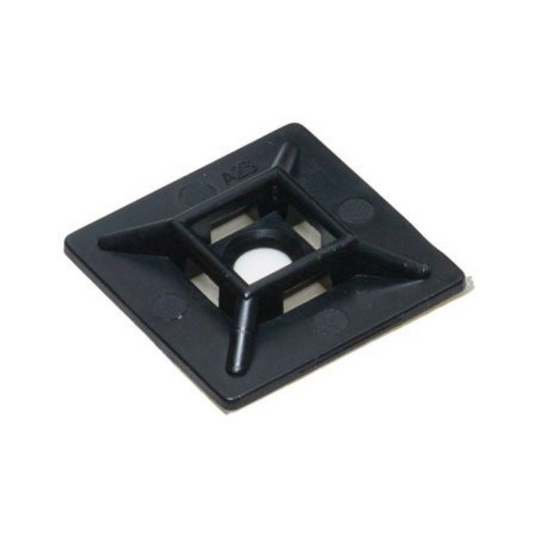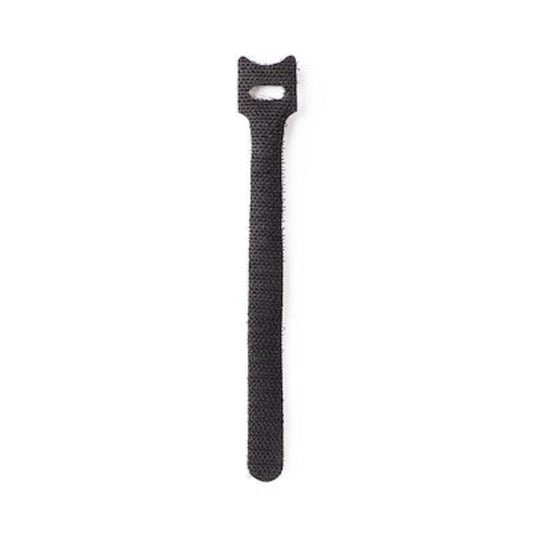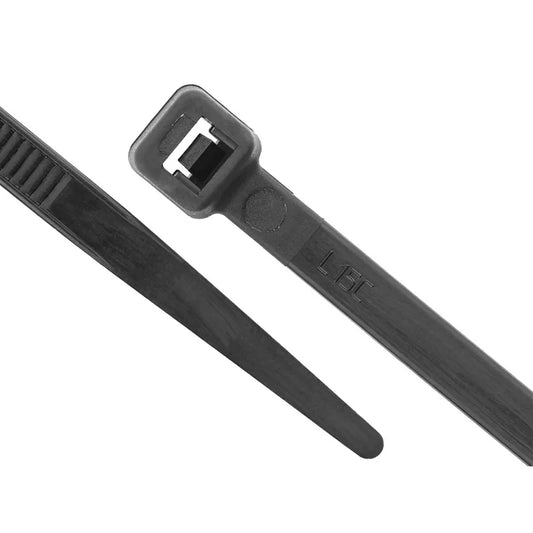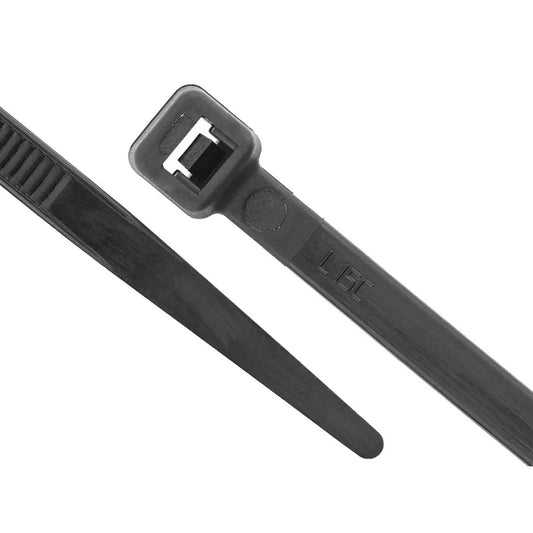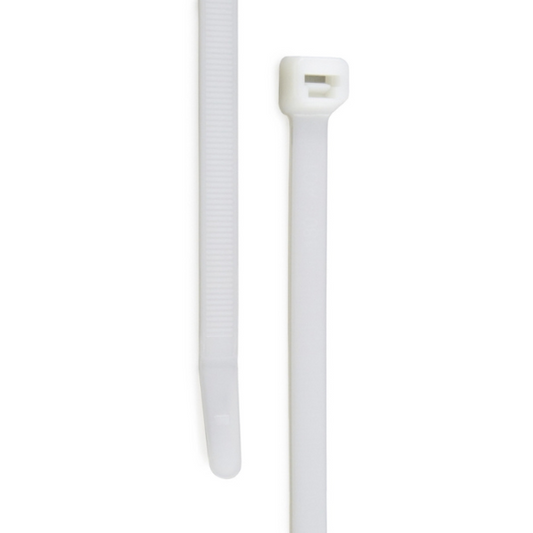Most people think all cable ties are created equal, but that couldn't be further from the truth.
While regular plastic zip ties might give you a year or two of service, stainless steel cable ties can outlast them by decades. If you're tired of replacing cable ties every few months or dealing with brittle plastic that snaps when you need it most, it's time to understand what makes metal cable ties the superior choice.
What Makes Stainless Steel Cable Ties Different?
Unlike their plastic cousins, stainless steel metal cable ties are engineered for permanence. These aren't just regular ties with a fancy coating. They're manufactured from marine-grade 316 stainless steel that resists corrosion, heat, and chemical exposure better than any plastic alternative.
The key difference lies in the material composition. While nylon cable ties rely on polymer chains that degrade over time, stainless steel maintains its molecular structure even under extreme conditions. This fundamental difference is why heavy duty stainless steel cable ties have become the go-to choice for professionals who need reliability.
Natural Stainless Steel Cable Ties Collection
How Long Do Stainless Steel Cable Ties Actually Last?
Here's the answer everyone wants to know: stainless steel cable ties can last anywhere from 10 to 30 years, depending on the environment and application. In ideal conditions, they can function effectively for even longer periods.
Compare this to standard nylon cable ties that typically last 1-2 years outdoors, and you'll see why the initial investment in stainless steel pays off. The life expectancy of a cable tie depends heavily on its material, but stainless steel consistently outperforms all other options.
Even stainless steel cable zip ties used in harsh industrial environments regularly exceed the 10-year mark. Unlike plastic alternatives that become brittle and crack, stainless steel maintains its tensile strength and flexibility throughout its lifespan.
Factors That Affect Cable Tie Lifespan
Several environmental factors influence how long your cable ties will last, but stainless steel handles these challenges better than any alternative:
UV Exposure: While UV rays destroy plastic cable ties within months, stainless steel is completely immune to ultraviolet damage. This means your outdoor installations stay secure year after year.
Temperature Extremes: Plastic cable ties become brittle in cold weather and soften in heat. Stainless steel cable ties maintain their strength from -80°F to 1000°F, making them perfect for both arctic and desert applications.
Chemical Exposure: Industrial environments often involve exposure to acids, bases, and solvents that dissolve plastic ties. Stainless steel resists virtually all chemical attacks, ensuring your cable management system stays intact.
Mechanical Stress: Vibration and repeated movement cause plastic ties to fatigue and fail. The superior tensile strength of stainless steel means these ties can handle dynamic loads without degrading.
Stainless Steel vs Regular Cable Ties: The Durability Battle
When people ask "Do zip ties deteriorate over time?", they're usually thinking about plastic ones. The answer is absolutely yes for plastic, but stainless steel tells a different story.
Stainless Steel Cable Ties Collection
Regular plastic cable ties face multiple failure modes. UV exposure can make them brittle, temperature cycling causes micro-cracks, and chemical exposure can dissolve the polymer entirely. These ties also suffer from stress cracking when overtightened.
Stainless steel cable ties eliminate virtually all these failure modes. They don't become brittle, don't crack from temperature changes, and resist chemical attack. The only wear they experience is surface oxidation, which actually makes them stronger over time.
Real-World Applications and Longevity
In telecommunications, stainless steel metal cable ties securing fiber optic cables have been functioning flawlessly for over 20 years. Marine applications see similar longevity, with ties exposed to salt spray maintaining their integrity for decades.
Industrial facilities report that switching to heavy duty stainless steel cable ties has eliminated the need for regular cable tie replacement, saving both time and money. These ties continue performing even in chemical processing plants where plastic alternatives fail within months.
The automotive industry has adopted stainless steel ties for exhaust systems and engine bay applications where heat and chemicals would destroy plastic alternatives immediately.
How to Maximize Your Cable Tie Lifespan
Even though stainless steel cable ties are incredibly durable, proper installation maximizes their lifespan:
Choose the right grade of stainless steel for your application. Marine environments benefit from 316 stainless steel, while 304 grade works well for most indoor applications.
Avoid over tightening. While stainless steel ties can handle significant tension, proper installation extends their service life and prevents damage to bundled cables.
Regular inspection isn't necessary like with plastic ties, but occasional checks ensure your cable management system continues performing optimally.
Ready to Switch to Long-Lasting Cable Ties?
Stop wasting time and money replacing failed plastic cable ties. Stainless steel cable ties offer decades of reliable service, making them the most cost-effective solution for any serious cable management project.
Whether you need stainless steel cable ties for outdoor installations, industrial applications, or marine environments, the superior durability and longevity make them the smart choice. Your future self will thank you for investing in quality that lasts.
Browse our complete selection of heavy duty stainless steel cable ties today and experience the difference that quality makes.
Stainless Steel Cable Ties Collection
Your cables deserve protection that lasts as long as your project does.


